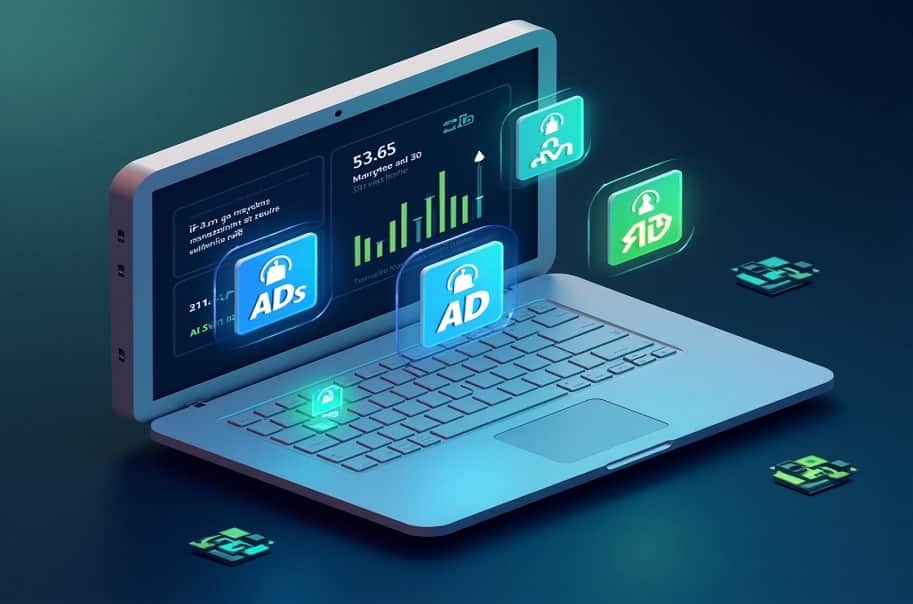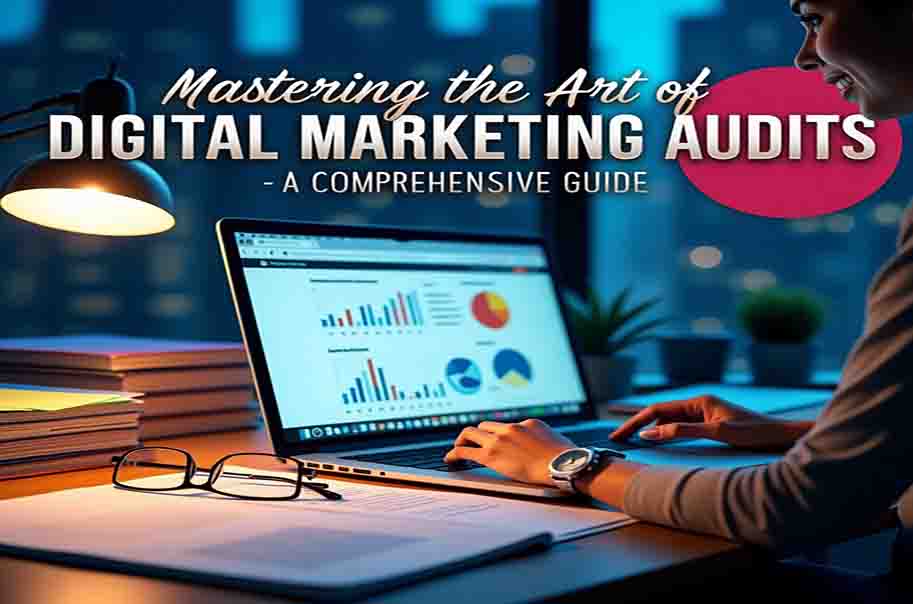Programmatic marketing is changing how businesses advertise online. It uses automation and data to buy ads in real-time. This method can improve targeting, save time, and increase ROI. Knowing how to do programmatic advertising may help businesses reach their audience more effectively.
As digital marketing grows, businesses need smarter ways to manage ad campaigns. Programmatic advertising may offer the solution by combining technology with data-driven insights.
What is Programmatic Marketing?
Programmatic marketing is the automated process of buying and selling digital ads. It relies on data and algorithms to place ads where they perform best.
This method removes the need for manual negotiations. It can improve efficiency and help businesses connect with the right audience.
Programmatic ads appear in various formats, including display banners, video ads, and social media promotions. The technology ensures ads are shown to users based on their behaviour, interests, and demographics.
Why Programmatic Advertising is Important
Traditional ad buying requires marketers to negotiate deals and manually manage campaigns. This process can be time-consuming and may lead to wasted spending.
Programmatic advertising simplifies this by automating bidding and placement. The system uses real-time data to determine where and when ads should appear. This approach can improve accuracy and make the most of your budget.
Steps to Start Programmatic Advertising
Starting with programmatic advertising may seem complex, but breaking it into steps makes it easier:
- Set Clear Goals: Define what you want to achieve. It may be more clicks, leads, or sales.
- Choose a Platform: Pick reliable programmatic advertising platforms like Google DV360 or The Trade Desk.
- Target Your Audience: Use data to reach the right people. Age, location, and interests are useful factors.
- Create Engaging Ads: Design clear, attractive visuals that match your message.
- Monitor Performance: Keep track of your ads. You may need to adjust bids, change creatives, or refine targeting.
Testing different creatives and adjusting bids during the campaign can improve performance. Small changes in design, messaging, or placement may boost results.
Popular Programmatic Advertising Platforms
Choosing the right platform can improve your campaign’s success. Some trusted programmatic advertising platforms include:
- Google Display & Video 360: Offers strong targeting tools and seamless Google integration.
- The Trade Desk: Helps marketers connect with audiences across multiple channels.
- MediaMath: Provides data-driven insights to improve ad performance.
- AdRoll: Specializes in retargeting and eCommerce campaigns.
- Amazon DSP: Helps businesses advertise within Amazon’s ecosystem and beyond.
These platforms may offer different features, so choosing one that suits your goals is important.
Advantages of Programmatic Advertising
Businesses are turning to programmatic advertising for several reasons. It offers benefits that traditional methods may lack.
Some key advantages of programmatic advertising include:
- Better Targeting: Data helps advertisers reach users who are more likely to convert.
- Real-Time Optimization: Marketers can adjust campaigns while they run.
- Improved Budget Control: Automated bidding may reduce wasted spending.
- Greater Reach: Ads can appear on multiple websites, apps, and social platforms.
- Enhanced Reporting: Detailed insights show what’s working and what isn’t.
Programmatic ads can also reduce human error since much of the process is automated. Campaigns may require less manual adjustment, saving both time and resources.
Programmatic Advertising vs PPC
Both programmatic advertising and PPC aim to drive traffic. However, they work in different ways.
| Feature | Programmatic Advertising | PPC (Pay-Per-Click) |
| Automation | Uses AI and data for automated bidding | Requires manual bidding adjustments |
| Ad Types | Supports video, display, and native ads | Focuses on search engine ads |
| Targeting Options | Advanced targeting using multiple data points | Target keywords and search behaviour |
| Budget Control | Uses dynamic bidding to manage costs | Requires manual budget adjustments |
| Reach | Expands across websites, apps, and social media | Limited to search engine ads |
Both strategies may offer good results. Choosing one depends on your campaign goals and budget.
Choosing the Right Programmatic Advertising Companies
Partnering with programmatic advertising companies may improve your results. Experienced agencies know how to set up, run, and optimize campaigns.
Look for companies that offer:
- Expertise in your industry
- Access to trusted ad platforms
- Strong data analysis and reporting skills
- Clear communication about campaign performance
- Proven success with previous campaigns
Working with experts may help you get better results with less effort. Programmatic specialists understand data trends, audience behavior, and budget management strategies.
Common Mistakes to Avoid in Programmatic Advertising
Even with advanced tools, some campaigns may struggle to perform. Avoiding these mistakes can improve your chances of success:
- Ignoring Audience Segmentation: Targeting broad audiences may reduce ad relevance.
- Overlooking Ad Creatives: Poor designs may fail to grab attention.
- Setting Unrealistic Budgets: Spending too little may limit results while overspending can drain funds.
- Skipping Data Analysis: Campaign data may reveal useful insights for better optimization.
Testing different strategies and learning from data can improve campaign performance over time.
Conclusion
Programmatic marketing is becoming a key tool for advertisers. Learning how to do programmatic advertising can improve your reach and campaign success.
Exploring programmatic advertising platforms and partnering with experienced programmatic advertising companies may offer better outcomes. Understanding the advantages of programmatic advertising can help you decide if this method fits your goals.



